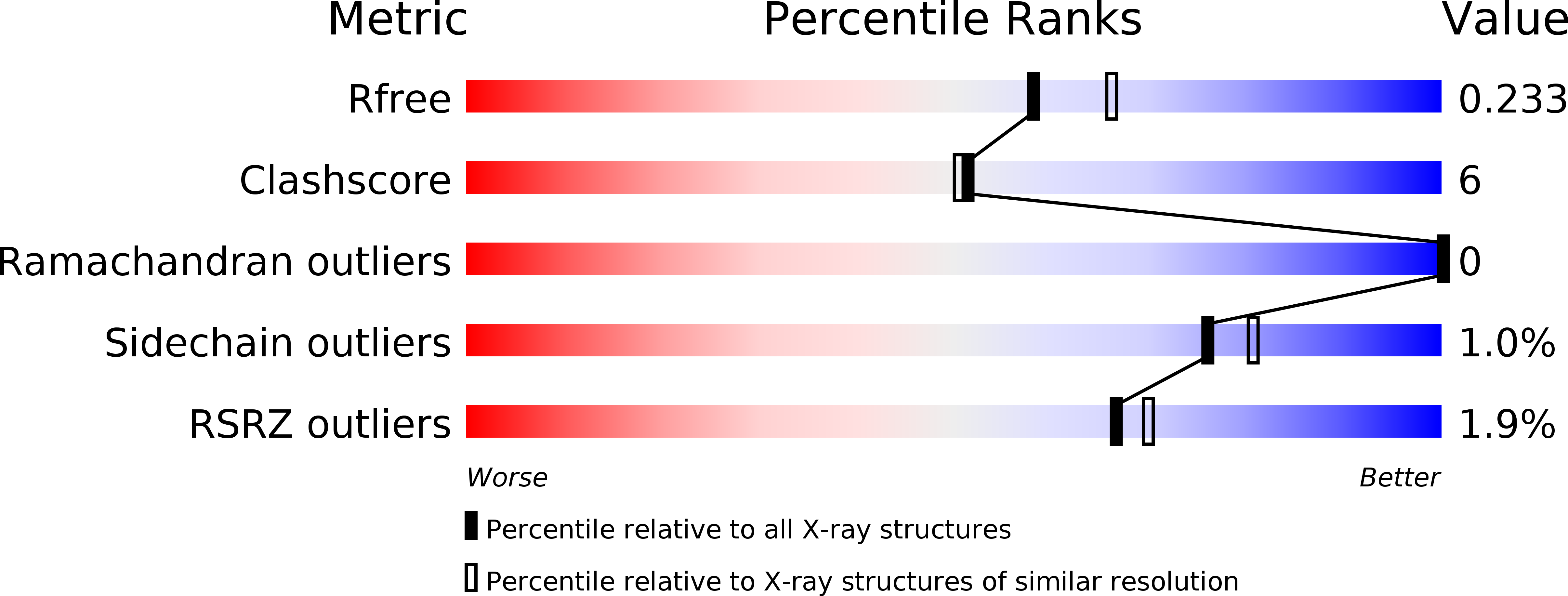
Deposition Date
2016-12-05
Release Date
2017-12-20
Last Version Date
2024-01-17
Entry Detail
PDB ID:
5MKL
Keywords:
Title:
Crystal structure of SmAP (LSm) protein from Sulfolobus acidocaldarius
Biological Source:
Source Organism:
Sulfolobus acidocaldarius (Taxon ID: 2285)
Host Organism:
Method Details:
Experimental Method:
Resolution:
2.09 Å
R-Value Free:
0.23
R-Value Work:
0.18
R-Value Observed:
0.18
Space Group:
P 1


